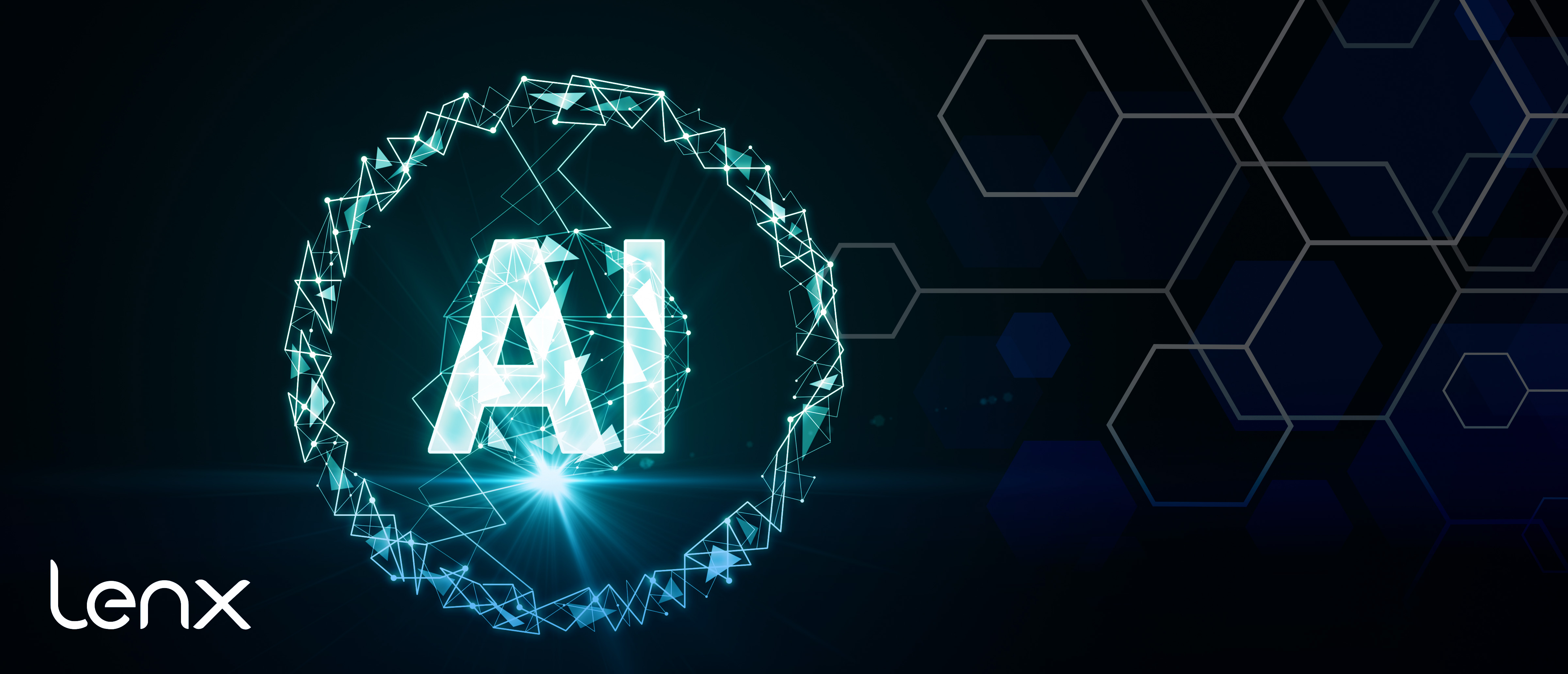
Training Teachers In Preparation For AI Security And Active Shooter Detection Systems
In the wake of rising school violence, the need for robust security measures is paramount. Active shooter incidents in schools have underscored this urgency.
Artificial Intelligence (AI) is playing a pivotal role in enhancing school security. AI security and active shooter detection systems are becoming increasingly prevalent in educational institutions.
However, the effectiveness of these systems hinges on the preparedness of those who operate them. Teachers, being on the front lines, need comprehensive training to effectively use these systems.
This article delves into the importance of teacher training for AI security and active shooter detection systems. It provides insights into the latest technologies and best practices to bolster school safety.
The Rising Need for AI Security in Schools
The frequency of active shooter incidents in schools has escalated in recent years. This alarming trend has necessitated a reevaluation of school security measures.
AI security systems offer a promising solution. They can enhance threat detection and response times, crucial factors in active shooter situations.
However, the implementation of these systems is not without challenges. Schools must navigate issues of privacy, funding, and technological integration.
Despite these hurdles, the potential benefits of AI security in schools are significant. It's a crucial step towards ensuring the safety of our educational environments.
Understanding AI Security and Active Shooter Detection
AI security systems use advanced algorithms to detect potential threats. They analyze data from various sources, such as surveillance cameras and sensors.
Active shooter detection systems are a subset of AI security. They specifically focus on identifying the on the visual cues of guns. This can trigger an immediate response.
These systems can integrate with existing security infrastructure. This includes alarm systems, lockdown procedures, and communication channels.
By understanding how these systems work, schools can better prepare for potential threats. This knowledge is crucial for effective teacher training.
Key Components of Teacher Training for AI Security
Teacher training for AI security involves several key components. First, teachers need to understand the technology. This includes how the system detects threats and how it responds.
Second, teachers need to know how to react when the system identifies a threat. This involves understanding the school's emergency procedures and how to communicate with students and staff.
The training should also cover ethical considerations. Teachers need to understand the balance between security and privacy.
Finally, ongoing training is crucial. As AI technology evolves, so too should the training.
- Understanding the technology
- Reacting to threats
- Ethical considerations
- Ongoing training
The Role of Gun Detectors and AI in School Safety
Gun detectors and AI play a crucial role in school safety. They work together to identify potential threats before they escalate.
AI gun detection systems can recognize firearms in real-time. This allows for immediate response, potentially preventing a tragic event.
However, these systems are not infallible. They must be part of a comprehensive, multi-layered security approach.
Implementing Active Shooter Detection Systems: A Step-by-Step Guide
Implementing active shooter detection systems requires careful planning. The first step is to understand the school's unique security needs.
Next, schools should collaborate with law enforcement and security experts. This ensures the system is tailored to the school's specific requirements.
Finally, regular drills and simulations are crucial. They ensure everyone knows how to respond in case of an emergency.
Legal and Ethical Considerations of AI Security in Education
AI security in schools raises legal and ethical questions. Schools must balance safety with respect for privacy.
Legal implications include adherence to data protection laws. Schools must ensure that the AI security systems comply with these regulations.
Ethically, schools must consider the psychological impact of surveillance on students. It's crucial to create a safe, yet welcoming environment.
Preparing for the Future: Ongoing Training and Policy Development
As AI technology evolves, so should teacher training. Regular updates and training sessions ensure teachers can effectively use the latest security systems.
Policy development is equally important. Schools need to establish clear guidelines on how to respond to active shooter alarms.
Inclusivity and respect for diversity should be integral to these policies. This ensures a safe environment for all students and staff.
Conclusion: Embracing Technology for Safer Schools
AI security systems offer a promising solution to enhance school safety. They can detect threats early and help schools respond effectively.
However, the success of these systems depends on proper teacher training. Teachers need to understand and operate these systems confidently.
Embracing technology for safer schools is not just about installing advanced systems. It's about preparing our educators to use these tools effectively.

